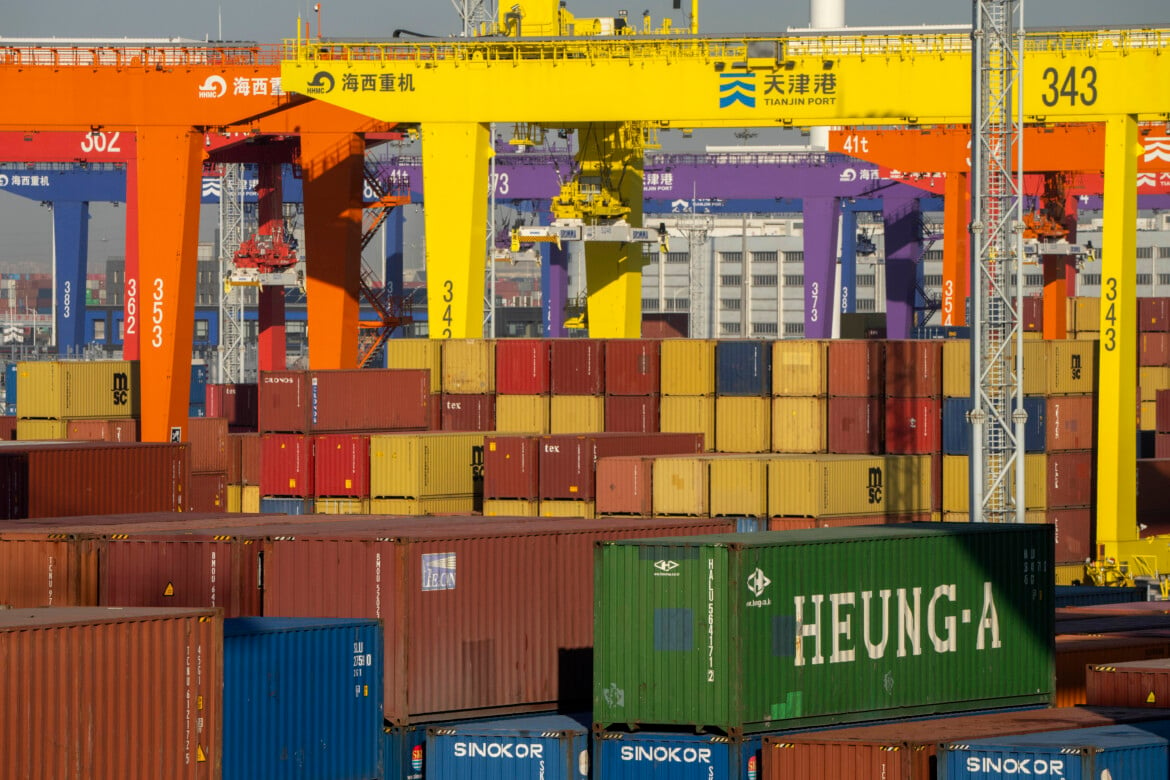Commentary
Chaos and quiescence on the US tariff front
What is replacing such neoliberal order now, is a political model of ‘global disorder’, where benefits go the strongest country alone. Washington's allies, starting with the European Union's unconditional surrender, have quietly accepted all of this.

Donald Trump's tariff offensive has scored its first victory. As of August 7, 90 countries are subject to unilateral tariffs of at least 15% on their exports to the United States. Only trade with the United Kingdom remains at 10%.
This is not the emergence of a new world order; it is the success of a brutal show of force that the United States has imposed on its closest partners – Japan, the EU, Canada, Mexico – as well as on peripheral countries. However, the most important piece in the trade puzzle is still missing: on August 12, the trade truce with China expires (with provisional tariffs of 30% on both sides), and a new agreement is being negotiated.
Beijing has so far responded blow for blow to Trump's offensive and will not bow down like Washington's allies. Among emerging countries, Trump has escalated the clash with Lula's Brazil – a political opponent on the international stage – with tariffs of up to 50% on certain exports, partly in retaliation for the legal action against Brazil’s former president Jair Bolsonaro and his coup attempt. Towards Narendra Modi's India – an ideological and political ally of the US – the threat is to impose tariffs of up to 50% in retaliation for oil purchases from Russia.
But Trump's offensive is set to continue even towards his closest partners: the EU has been threatened with 35% tariffs if the promised industrial investments in the US do not materialize. In the automotive, pharmaceutical, and electronics sectors—among the most sensitive for advanced economies—the situation remains uncertain, with industrial lobbies working to secure favorable treatment. The current situation is bound to undergo continuous upheavals, with instability going hand in hand with the fragility of Trump's authority.
We are now experiencing a complete reversal from the age of trade liberalization, ushered in 30 years ago by the creation of the World Trade Organization, with rules reflecting the US economic interests of the time. The ‘free trade’ economic paradigm was supposed to provide benefits to all, and forced politics to adapt, constraining national governments to remove trade barriers and abandon industrial policies. What is replacing such neoliberal order now, is a political model of ‘global disorder’, where benefits go the strongest country alone, and the world economy is forced to adapt as best as it can. Arms-twisting, bilateral power relations, and ‘systemic chaos’ are the new paradigm of US policy; its allies – starting with the unconditional surrender of the European Union – have quietly accepted all of this.
China and the BRICS countries will be a different story, unfolding in the next days. For them trade is just one of the issues at the center of increasingly difficult relations with the US; less quiescence and widening conflicts are to be expected.
What will be the economic effects of all this? For the White House, the offensive has brought $152 billion in revenue to the US federal government from tariffs paid through the end of July. International trade is slowing down, but not for everyone. Europe is in serious trouble, but Chinese exports continue to grow in other markets. The exemption—or reduced tariffs—for certain goods essential to US production and consumption, such as electronic and automotive components, will leave many important trade flows open. Some companies are announcing production shifts to the US to circumvent the tariffs, but it will take time to see if these will actually happen.
Meanwhile, some prices are beginning to rise, with US importers passing on tariffs on Asian textiles and European food products to consumers, hitting the poorest hardest. Demand for consumer goods and exports will fall, and it remains to be seen whether they will be offset – in terms of drivers of the country’s growth - by the promised new industrial investment or by the escalation of US military spending.
The risk of stagnation and inflation in an America closing some of its borders is high. Facing such risks, Trump needs to take full control of US monetary policy – liquidity, interest rates, Treasury bonds purchases – and this explains his efforts to oust Jerome Powell from the chair of the Federal Reserve, the US central bank.
What if the effects on the US economy will be disappointing? No problem, you can always fire the head of economic statistics, as has already happened with Erika McEntarfer, just ousted from the Bureau of Labor Statistics. Like US trade, US data will no longer be what they used to be.
Originally published at https://ilmanifesto.it/prima-vittoria-della-forza-bruta-ma-la-cina-sara-unaltra-partita on 2025-08-08
